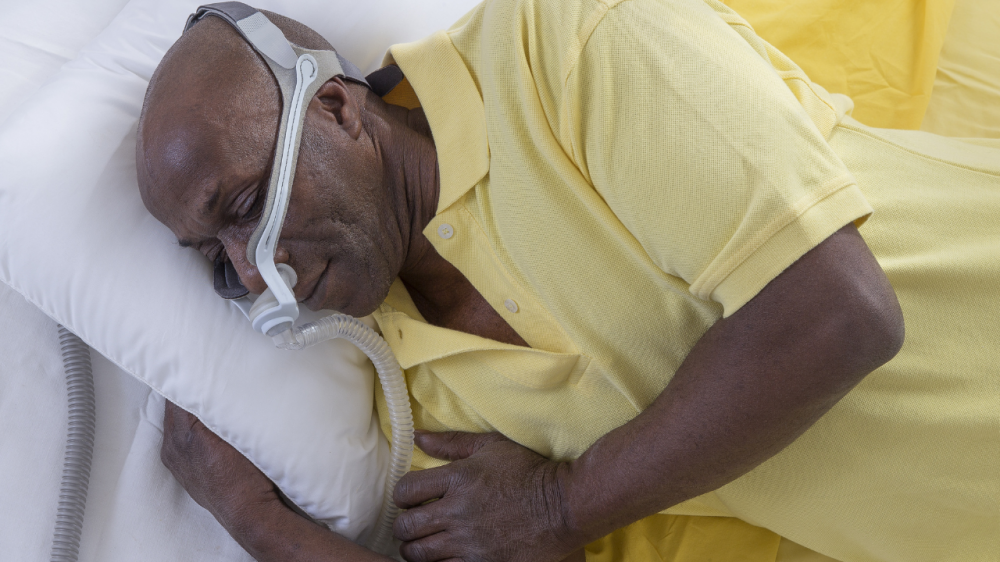You've Just Been Diagnosed with Sleep Apnea. Now What?
Posted On: December 16, 2020 by Hart Medical Equipment in: CPAP Sleep Apnea

After discovering that you have sleep apnea, you may feel overwhelmed about the treatment and what to do post-diagnosis. We’re here to help you feel more prepared to start your sleep apnea journey on the right foot. Continue reading to learn more about the disorder, what steps to take and lifestyle changes you can implement to ease symptoms.
Sleep Apnea Rundown
Before we get into the next steps, let’s review the basics of sleep apnea. This sleep disorder causes pauses in breathing while you’re asleep, leading to symptoms like loud snoring and tiredness even after a full night of sleep. While sleep apnea can affect anyone, there are certain factors that can put you at higher risk for having it:
- Obesity
- Narrowed airway
- Family history
- Smoking
- Thicker neck
- Congestion
Where to Go from Here
-
Test Results
Now that you’ve received your sleep test results and the diagnosis has been determined, your doctor will guide you through what the results mean. Depending on the severity of your condition, type of sleep apnea and specific health status, forms of therapy will vary but CPAP therapy is commonly prescribed.
-
Therapy
As previously mentioned, CPAP machines are the go-to form of therapy for sleep apnea patients. By pressurizing air and delivering it through a hose and mask into the user’s airway, CPAP machines are able to keep your airway open and improve respiration. There are various parts to a CPAP machine including tubing, masks, headgear and the machine itself. Accessories such as a CPAP pillow and face mask liners can also improve the therapy process. It’s important to keep your CPAP machine properly cleaned, and one way to do so is to use a CPAP cleaner such as the popular SoClean sanitizer.
-
Surgery
While you rarely have to worry about surgery, it’s usually the last resort for treatment. Examples of possible surgeries include jaw repositioning or tissue removal. Don’t stress about having surgery unless your doctor suggests it after all other therapy options have failed.
-
Compliance
For many individuals, therapy compliance is the hardest part of the sleep apnea process. While it can be difficult at first, staying consistent with your therapy is the only way to experience an improvement in symptoms. Talk to your doctor if you’re having a hard time staying compliant so they can give you professional advice.
Implement These Lifestyle Changes
Try implementing some of these lifestyle changes along with your therapy to help manage your sleep apnea symptoms even more.
- Lose weight to reduce the number of apnea episodes you have each night.
- Start sleeping on your side instead of your back and stomach.
- Reduce your alcohol intake since it’s a nervous system depressant.
- Add at least 30 minutes of exercise to your daily routine.
- Avoid smoking since nicotine can make sleep apnea symptoms worse.
While being diagnosed with any health-related disorder is scary, doing research and knowing what to expect can make the process less intimidating. For further answers to your sleep apnea questions or to learn about what products and services we offer, feel free to contact us!

0 comments